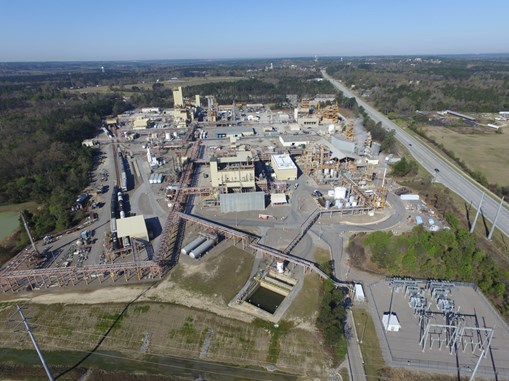Solvay to Expand Its U.S.-Based Sulfone Polymers Business
The multi-year plan is aimed at meeting strong customer demand growth in life science applications.
An ambitious expansion plan for its U.S.-based sulfone polymers business is being put into motion by Solvay. The focus is on meeting strong demand for various critical life science applications and is part of the company’s ongoing commitment to build capacity in this field to support a growing global customer base.
The multi-year plan’s full scope will ultimately involve all of Solvay's sulfone polymers including Udel polysulfones (PSU), Veradel polyether sulfones (PESU) and Radel polyphenyl sulfones (PPSU). The first major investment steps will include a capacity increase for Udel PSU of over 25% by 2024 at the company’s production site in Marietta, Ohio, with much of this increase expected online by early 2023.
Likewise, to strengthen Solvay’s leading position in the market, production capacity of key building block for all sulfones, dichlorodiphenyl sulfone (DCDPS), will also be expanded by more than 25% by 2024, resulting in capacity increases at the company’s Augusta, Georgia site by end of 2022.
Key application market segments to benefit from these investments include hemodialysis, medical instruments and pharmaceuticals — in both development and production, and water purification, where Solvay expects strong double-digit growth in terms of global demand. Moreover, high-performance sulfone polymers also play a growing role in residential and commercial heating and plumbing systems.
Said president of Solvay’s materials segment Carmelo Lo Faro, “This new multi-year program marks an important step in our strategy for future growth and affirms our number one position in the U.S. sulfone polymers market. Essentially, the expansions will address the growth potential of our sulfone products in high-performance life-saving and life-sustaining areas, such as healthcare, water purifications and pharma processing.”

Related Content
-
Prices Bottom Out for Volume Resins?
Flat-to-down trajectory underway for fourth quarter for commodity resins.
-
The Fantasy and Reality of Raw Material Shelf Life: Part 1
Is a two-year-old hygroscopic resin kept in its original packaging still useful? Let’s try to answer that question and clear up some misconceptions.
-
Tracing the History of Polymeric Materials, Part 26: High-Performance Thermoplastics
The majority of the polymers that today we rely on for outstanding performance — such as polysulfone, polyethersulfone, polyphenylsulfone and PPS — were introduced in the period between 1965 and 1985. Here’s how they entered your toolbox of engineering of materials.
















